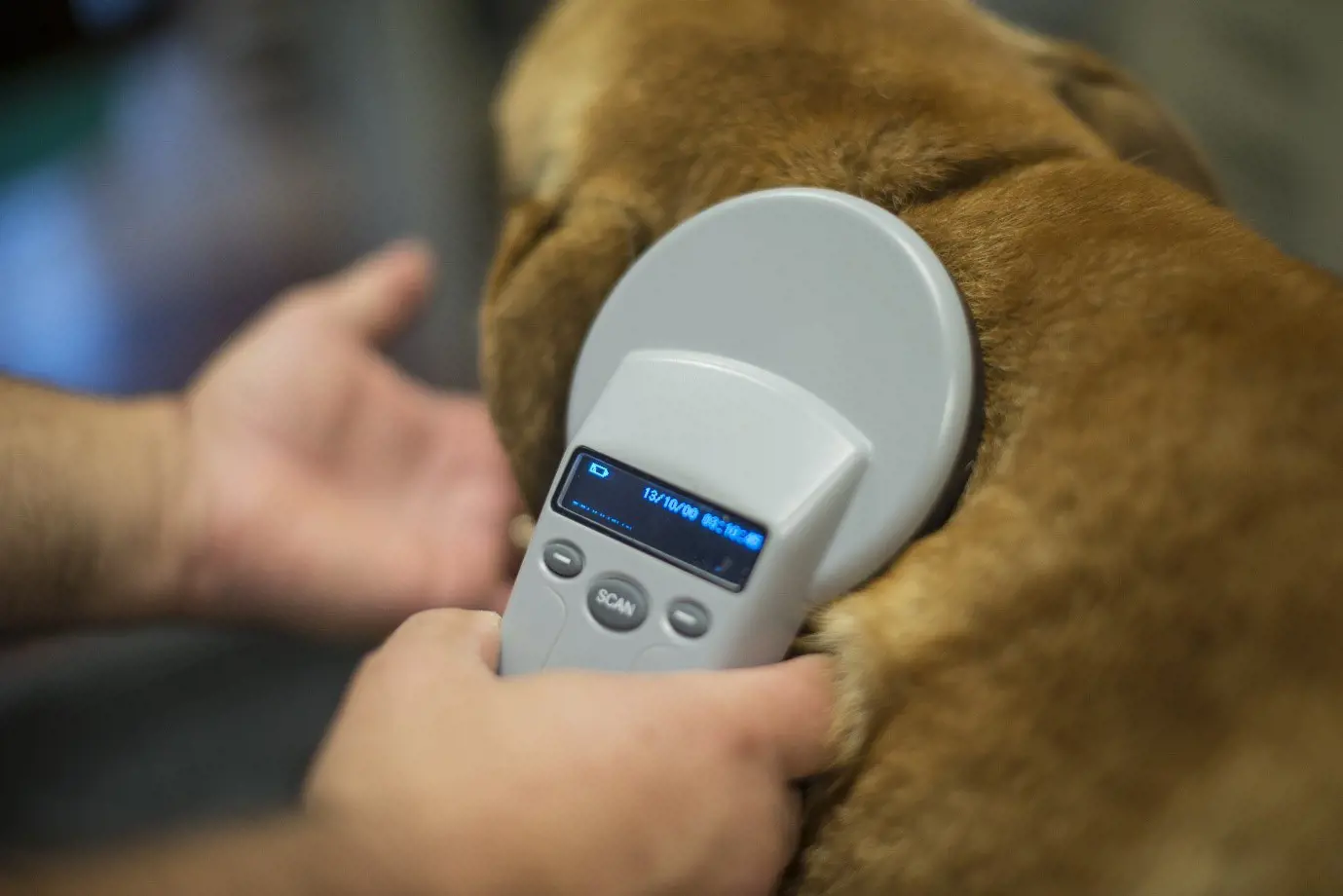Sunburn in cats
11th August, 2021
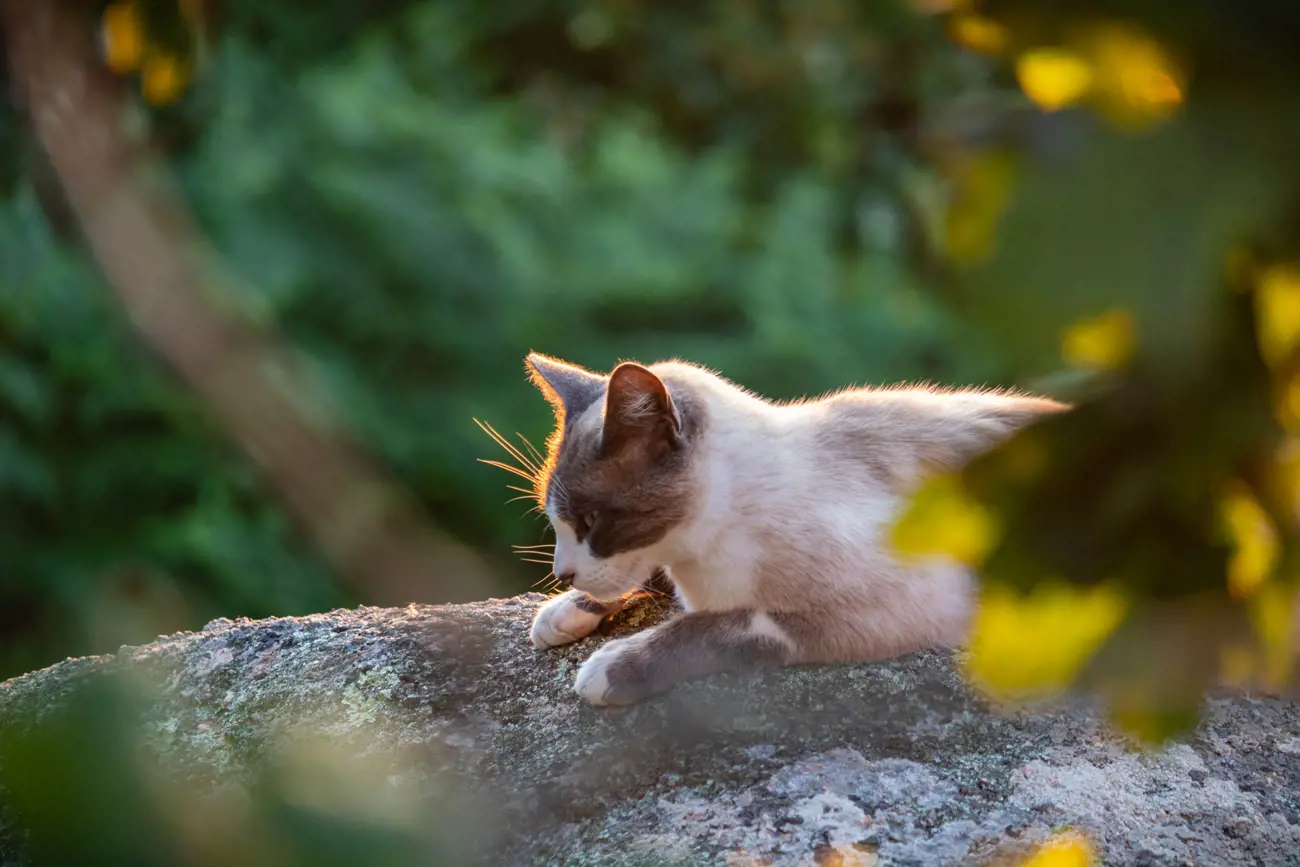
For many cats, there’s nothing they like more than sprawling and snoozing in a patch of sunshine. But did you know that too much sunshine can be bad for your mog?
Just as with humans, cats can suffer sunburn. And while the initial symptoms might pass in a day or two, the longer-term effects of UV rays and sunburn can have a serious effect on their health.
At Purely Pets, we’re specialists in helping owners protect their pets through our dog and feline insurance. So read on for our brief guide to what you need to know about keeping your moggy safe in the sunshine.
What are UV rays?
Many of us love a good dose of sun – and cats are just the same.
But sunshine contains ultraviolet (UV) rays: an invisible form of radiation that can damage our health, in particular by burning our skin.
In fact, sunshine has both UVA and UVB rays. UVB is the main culprit when it comes to sunburn, and cannot pass through glass, like windows. It’s absorbed by heavy clouds, too, so it doesn't pose much of a risk in winter.
But UVA can also be harmful to your skin, and does pass through glass and cloud cover. That means it’s a year-round risk, not just when the sun is shining.
And don’t forget about reflections! Snow reflects about 85% of UV rays, sand about 15% and water 10%, so where these are present, the risk from the sun is even greater.
If your moggy’s exposed to such environments for too long at a time, it risks being harmed by the sun.
What is sunburn in cats?
It’s often hard to spot sunburn in cats: their fur camouflages the damage, and many animals are adept at masking pain.
But just as in humans, sunburned skin reddens or even blisters, which can be extremely sore.
Most commonly, the burn is superficial. The pain usually subsides within a day or two, and the burned skin will start to peel.
It’s often very itchy at this stage, causing your cat to scratch the affected area. That can lead to infection, so do try to keep the area clean and disinfected.
Your vet can advise, and prescribe antibiotics if there’s concern that an infection is developing. Your cat might need to wear a buster collar or plastic cone until the area’s healed.
In more severe cases, the burn can be deeper or even full thickness, like a third-degree burn. It can damage the tissue beneath the skin.
This could lead to infections, or even damage the skin beyond repair. Your poor puss will need intensive vet treatment, which in particularly severe cases might include hospitalisation, intravenous fluids, or skin grafts.
If you’re concerned that your cat is sunburned or dehydrated, see your vet. Insurance for cats from Purely Pets helps you pay for vets’ fees, and you also get access to a 24-Hour Vet Helpline for all your concerns or queries.
You might think that once a bout of sunburn has healed, that’s the end of the matter. But sunburn does cause long-term damage with potentially serious health consequences.
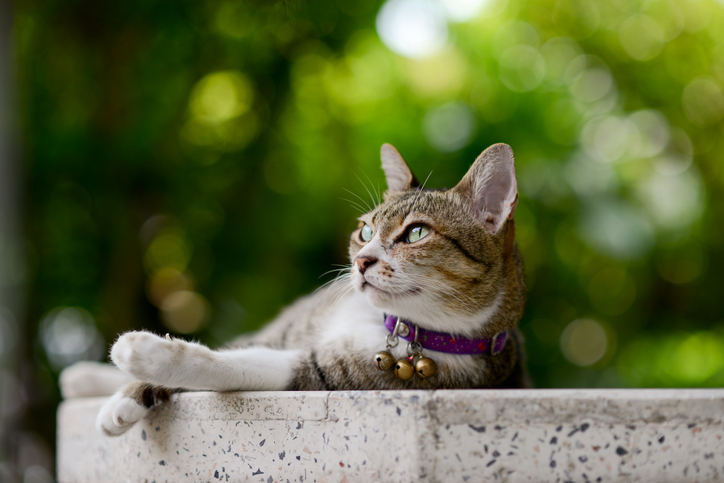
Which cats are most at risk of sunburn?
Perhaps you’re of the opinion that cats’ thick coats are an excellent screen against the dangerous rays of the sun – and to a great extent, you’d be right!
But not all coats are created equally. White-furred cats are more at risk, as they have paler skin underneath their fur that is less protective than darker colours. Ginger cats are also susceptible. So if you’ve got a snow-coloured or marmalade beauty, you need to keep a close eye on it on a sunny day.
Then think about the density of your cat’s fur. A thick-maned moggy will be relatively well protected – though of course, it could overheat in the warm weather instead.
But if your cat has a thin or patchy coat, then it’s more at risk. Cats’ coats do often become sparser as they age, and of course your pet might have a shaved patch after an operation, too.
If your cat is naturally bald, such as a sphynx, it will have just a faint fuzz of hair standing between its delicate skin and those dangerous rays of sun. These cats need extra special care at all times to prevent burning.
Plus, even the furriest of felines will have a few exposed points. It’s common for a cat to get burned on its nose or ears – leading to a very pitiful puss indeed! And these areas are the most common sites for more serious complications, including tumours – see below.
So what action can you take to ensure your cat stays healthy in the sun?
Protecting your cat from sunburn: your outdoor space
Prevention is always better than cure. Yet the average cat is like a heat-seeking missile, searching for sunbeams as soon as the clouds lift.
First of all, let’s take a look at your outdoor space. The ideal garden for your cat includes lots of shady plants or nooks where your puss can snooze, enjoying the feeling of warmth while remaining protected from those UV rays.
If your garden is lacking in naturally shady places, it’s a good idea to install a special shelter where your cat can sit out the sunniest part of the day.
But of course, cats don’t always act sensibly. Just like humans, that unaccustomed warmth, particularly after months of colder weather, can make them go a bit loopy!
They might well head straight to open areas for a good long bask in the beams, staying out in the sunshine for far longer than is wise. After all, that warmth on your whiskers is hard to beat!
Can I use suncream on my cat?
If your cat is a sunseeker, what can you do to protect its health? One answer is sunscreen.
But don’t raid your own bathroom cabinet for the necessary supplies! Certain ingredients in human sunscreen may be poisonous for cats, and they’re liable to try to lick it off.
So choose a type that’s specially designed to be safe for cats, containing no zinc or salicylates. You should be able to buy this at a pet store, or your vet might be able to recommend a brand.
Be cautious about animal sunscreens that are actually meant for dogs or horses, as these might not be suitable for your cat.
Put sunscreen on your cat’s ears and nose, plus any bits where the hair is sparse. Remember to reapply from time to time.
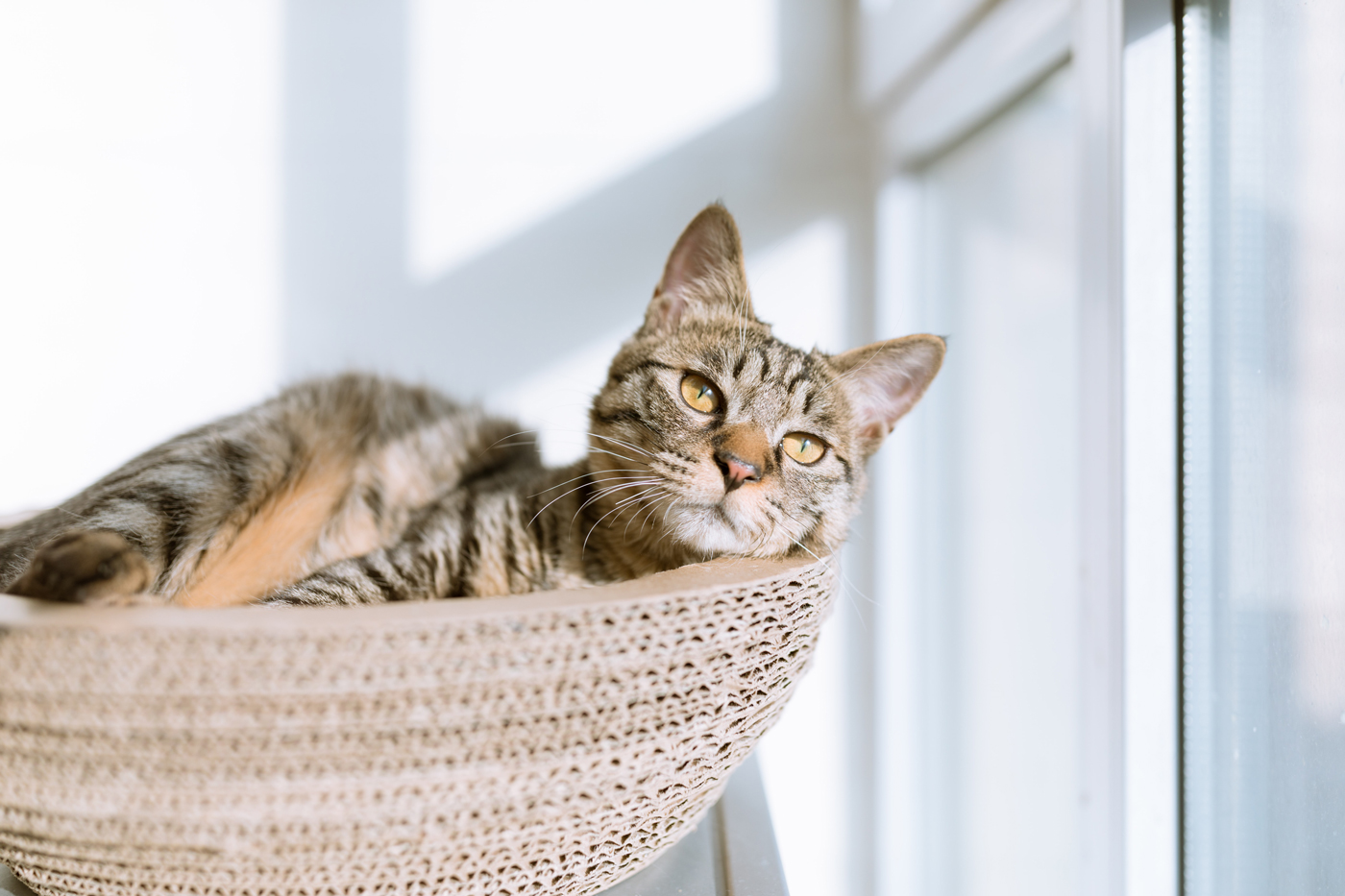
Can my cat get sunburned indoors?
Another option is to keep your cat indoors, at least during the hottest part of the day – say from 10am to 3pm.
If you – and your cats – are sun-worshippers, this can be a tough love option. But it might be wise on cloudless days, and is the best option for hairless cats.
Many cats are perfectly content with this state of affairs, dozing the day away happily in the relatively cool environment of your living room while the sun blazes outside. Then they’re ready to re-emerge, refreshed, at dusk – their favourite time of day.
If your cat’s inside with the doors and windows closed, it’s very unlikely to get sunburned. However, don’t forget that glass provides only minimal protection from UVA rays, which are also harmful.
So if your cat really loves to snooze on a sunny windowsill, it might be a good idea to treat the glass with a special coating or cover it with UV-resistant film. Or simply draw the curtains!
Even better, make sure your pet always has a shady place it can retire to when the heat gets too much. Never shut it in a room with no cool corners.
Don’t forget to put down fresh water, too. Cats are notorious for not drinking enough, and they need extra encouragement in the summer months.
What is solar dermatitis?
If you know about the risks of sunburn – or even tanning – to human health, then you can understand the danger to felines, too.
A cat which spends too long in the sun, or frequently gets sunburned, is at danger of developing solar dermatitis: a progressive skin disease. This usually affects the ears, lips, eyelids or nose, as these are the hairless areas most exposed to the sun.
The chief symptoms of solar dermatitis are dry or scaly areas, which your cat will scratch a lot. Ulcers may then develop and start to bleed, and become scaly and crusty.
Your cat might lose patches of fur, and its skin may be red and swollen.
If you spot any of these signs, take your cat to the vet. Treatment includes disinfecting and bandaging any wounds to stop your cat making the condition worse.
What is skin cancer in cats?
If your cat is diagnosed with solar dermatitis, your vet’s chief concern will be to see if it is progressing into a type of skin cancer called squamous cell carcinoma.
This is usually first spotted as a patch of raw skin, like a wound, that won’t heal. Unlike other types of cancer, it won’t be a lump. If you find one such site, there may well be others, so check carefully.
Your vet will take a tissue biopsy, which is usually conducted under general anaesthetic. This skin sample will be sent to a lab for examination – a process called histopathology.
This test shows if your cat is developing a tumour, and if so, how it’s likely to progress.
Squamous cell carcinoma takes a while to develop, so is most often found in cats over the age of five. The good news is that it rarely spreads to other organs and, if caught early, it can be treated or managed well.
Treatment can involve removing the tumour if it is small enough; removing part of the cat’s ears if that is where the tumour is located; or freezing the tumour through a process called cryosurgery.
It’s likely to be a lengthy and expensive process, but if you have insurance for a cat from Purely Pets, your vets’ fees of up to £15,000 per year are covered, depending on the policy level you have chosen.
Sadly, in some cats, tumours are spotted too late, or return after treatment. In this case, you might need to make the difficult decision that the kindest thing to do is put your beloved pet to sleep.
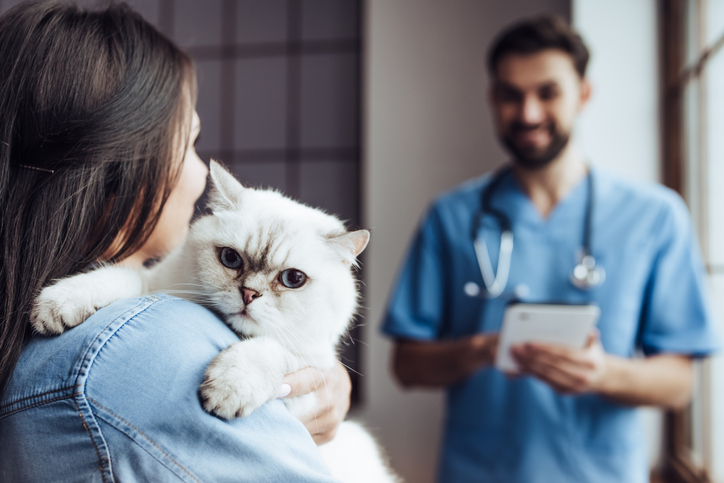
Are there other risks from sunshine?
Sunburn is often accompanied by other heat-related illnesses, such as heat exhaustion and dehydration. Combined, these can make your kitty very ill indeed especially if your feline happens to be in season.
So if your cat has a high temperature, or you notice it is restless, panting, stumbling, lethargic or even vomiting, seek emergency advice.
Your vet is likely to tell you to encourage your cat to drink if possible, and soak it in cool water to bring its body temperature down.
You might well need to bring your cat in for emergency cooling treatment: cat insurance will help you pay the costs.
However, it’s best to avoid trying drastic home remedies to cool your cat – like dunking it in icy water – as this could cause your pet to go into shock.
Get a quote from Purely Pets today
At Purely Pets, we want your cat’s life to be long, happy and filled with sunshine – to a safe degree!
That’s why we offer 15 levels of award-winning lifetime cat insurance, suitable for all budgets and requirements. Our Gold policy has even been awarded a Defaqto five-star rating.
Vets’ fees are covered up to a level of £15,000 with the excess you must pay starting at just £60, depending on the policy you choose. Other cover benefits include special diets, complementary treatments, and loss by theft or straying.
With online policy management and claims, plus direct payment to vets, we make it simple to keep track of your policy.
Contact Purely Pets for a cat insurance quote today.
Policy benefits, features and discounts offered may very between insurance schemes or cover selected and are subject to underwriting criteria. Information contained within this article is accurate at the time of publishing but may be subject to change.
Helpful Pages
Recent Posts
Pet Insurance Quote
- 98% claims paid *
- Claims paid directly to vets
- 24/7 vet video consultations
- Interest free monthly payments




